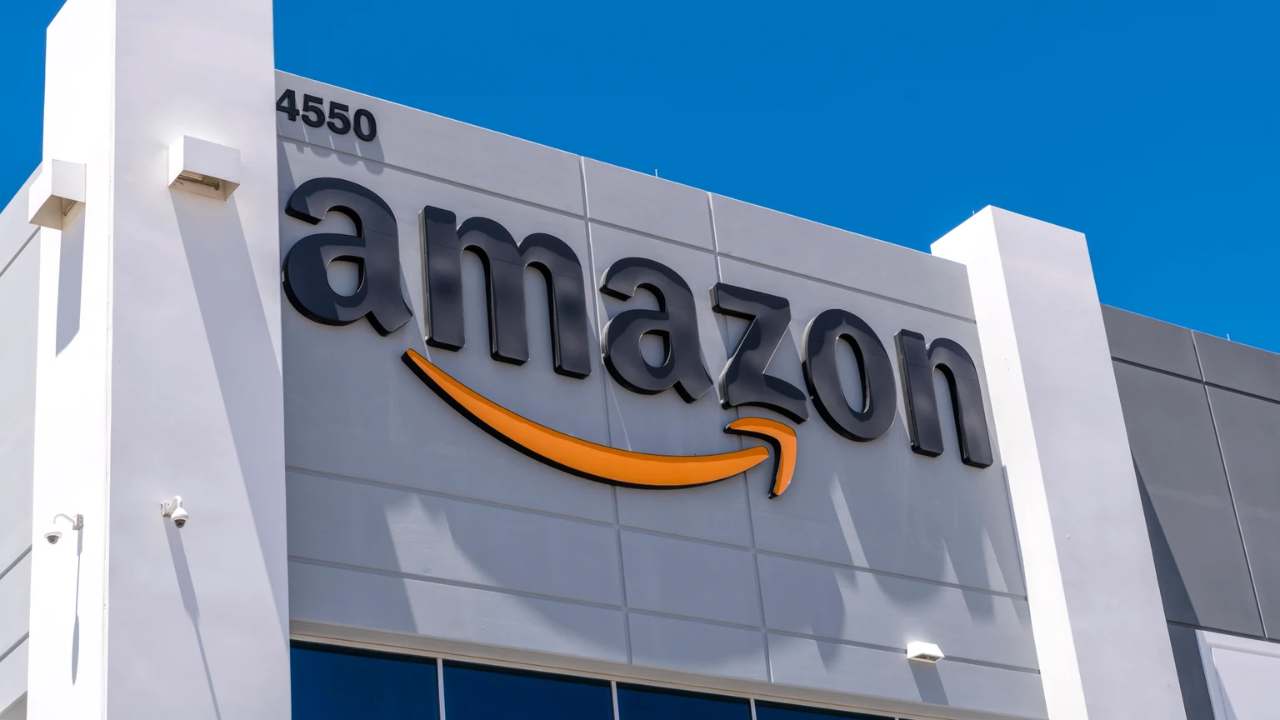
On October 14, 2025, reports surfaced that Amazon plas to cut roughly 1,500 jobs—up to 15 percent of its PXT (People eXperience and Technology) division—as part of a broader workforce realignment.
“As we roll out more Generative AI and agents, it should change the way our work is done. We will need fewer people doing some of the jobs that are being done today,” CEO Andy Jassy wrote in June.
The cuts coincide with Amazon’s $100 billion 2025 AI and cloud investment, highlighting a stark shift: expanding automation even as seasonal hiring surges for the holidays. How will this reshape corporate roles?
Inside Amazon’s PXT Cuts
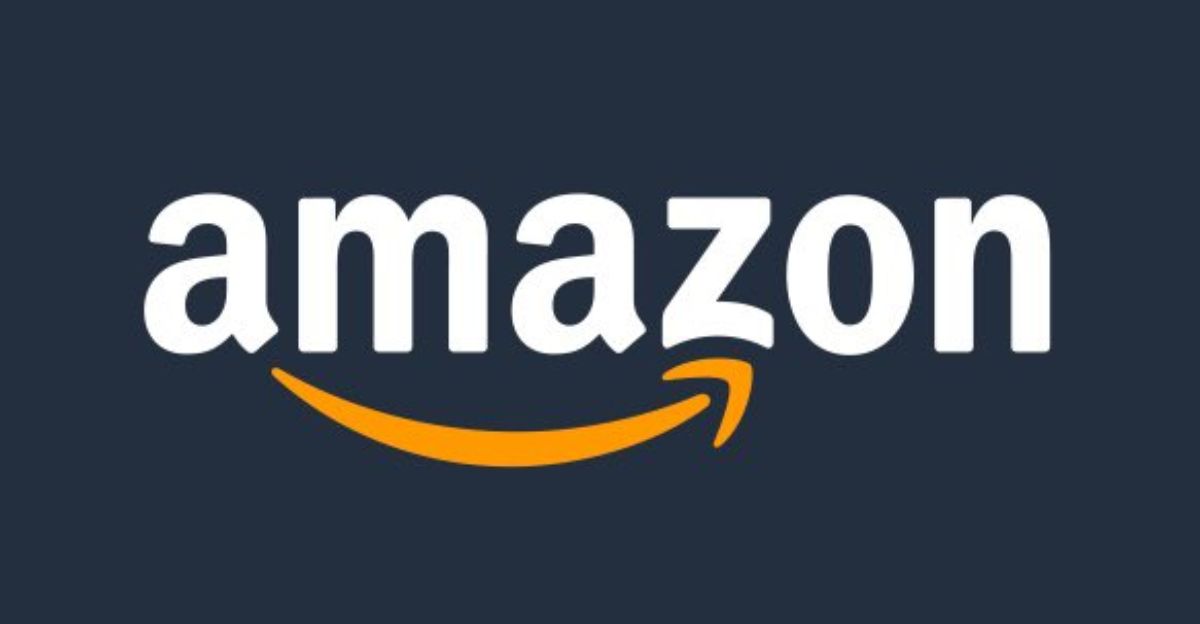
Amazon’s recent layoffs hit its PXT division, which manages global HR, recruitment, and HR tech, employing over 10,000 workers. SVP Beth Galetti, who leads PXT since 2016, oversees this critical infrastructure.
Estimates suggest 1,500 jobs cut—up to 15% of PXT. Amazon hasn’t confirmed timing or precise numbers. But why is this internal HR unit now at the center of automation-driven reductions?
AI Drives Corporate Realignment

CEO Andy Jassy warned in June 2025 that generative AI would reshape Amazon’s workforce. “We will need fewer people doing some of the jobs that are being done today and more people doing other types of jobs,” he wrote, signaling a clear reduction in total corporate headcount.
Jassy emphasized opportunity for those who adapt: “Those who embrace this change, become conversant in AI, help us build and improve our AI capabilities…will be well-positioned.”
Five-Phase Transformation Under Jassy
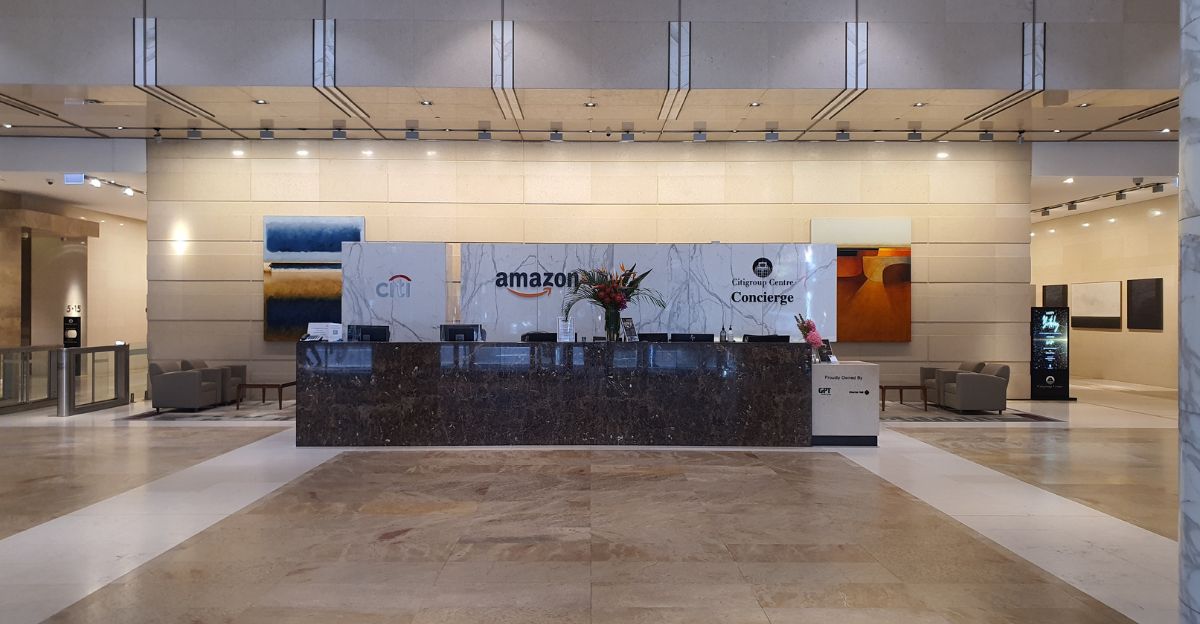
Since taking over in July 2021, Andy Jassy has steadily overhauled Amazon’s operations. He began by reassessing pandemic overexpansion in 2021, then moved to discipline with layoffs and product cuts in 2022. By 2023, 27,000 corporate roles were eliminated and a three-day office mandate sparked backlash.
In 2024, managers were cut 15%, a five-day office return announced, and the “Bureaucracy Mailbox” launched. This year, AI became central, positioning workforce reductions for years to come.
This multi-year plan shows deliberate discipline, shifting Amazon toward AI integration and workforce efficiency.
Culture Shock: From “Day 1” To Discipline
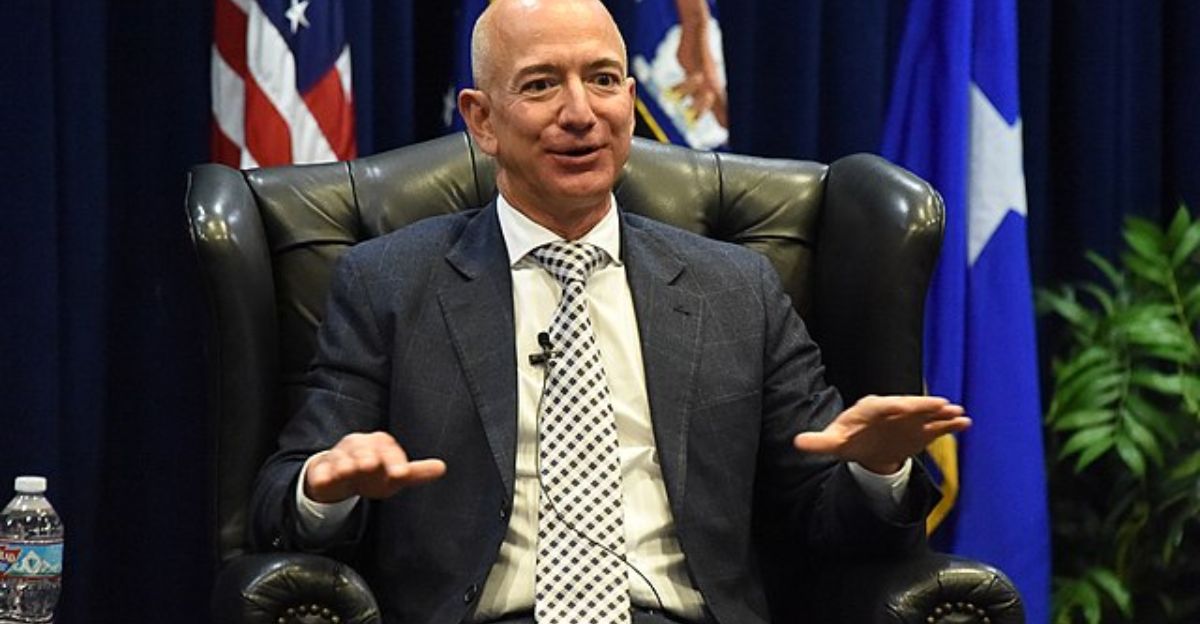
Jassy seeks to revive Bezos’s “Day 1” mindset. Manager ratios increased 15%, five-day office work reinstated January 2, 2025, and the “Bureaucracy Mailbox” yielded 1,500 submissions, implementing ~455-475 changes. Cost monitoring and revamped performance metrics reinforced discipline.
Jassy explained: “We want to operate the world’s largest startup at our size — it is hard to do, but it is doable.” Can employees maintain morale under such a structured, high-pressure environment?
Employee Backlash: Morale Hits New Low
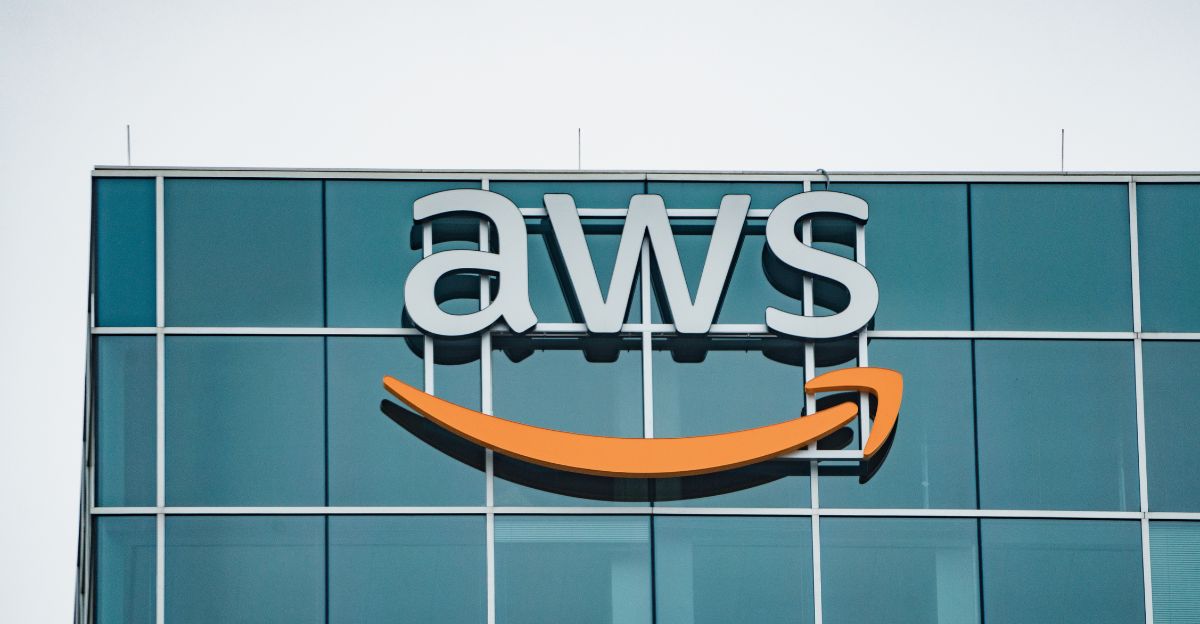
Blind survey, September 2024: 91% of employees dissatisfied with five-day office mandate, 73% considering leaving, 32% know someone who quit, 80% know someone job-hunting. Slack and Blind echoed frustration: “My morale for this job is gone,” “This isn’t a return to the old ways; it’s a regression.”
Even AWS CEO Matt Garman faced pushback: 500+ employees challenged his claim of “broad support.” Candidates began dropping out of hiring pipelines, LinkedIn profiles turned #opentowork. What’s the long-term cost to Amazon’s talent pool?
AI Restructuring Hits HR First

Amazon is automating PXT: candidate screening, interview scheduling, performance analytics, onboarding, payroll, benefits. Result: 15% of HR roles cut; remaining staff focus on culture-sensitive and strategic tasks.
Other departments follow suit: managerial roles down ~13%, communications and sustainability affected. Any “high-volume, repeatable” tasks are vulnerable. How far will AI-driven cuts extend across corporate Amazon?
Warehouse Hiring vs. Corporate Cuts
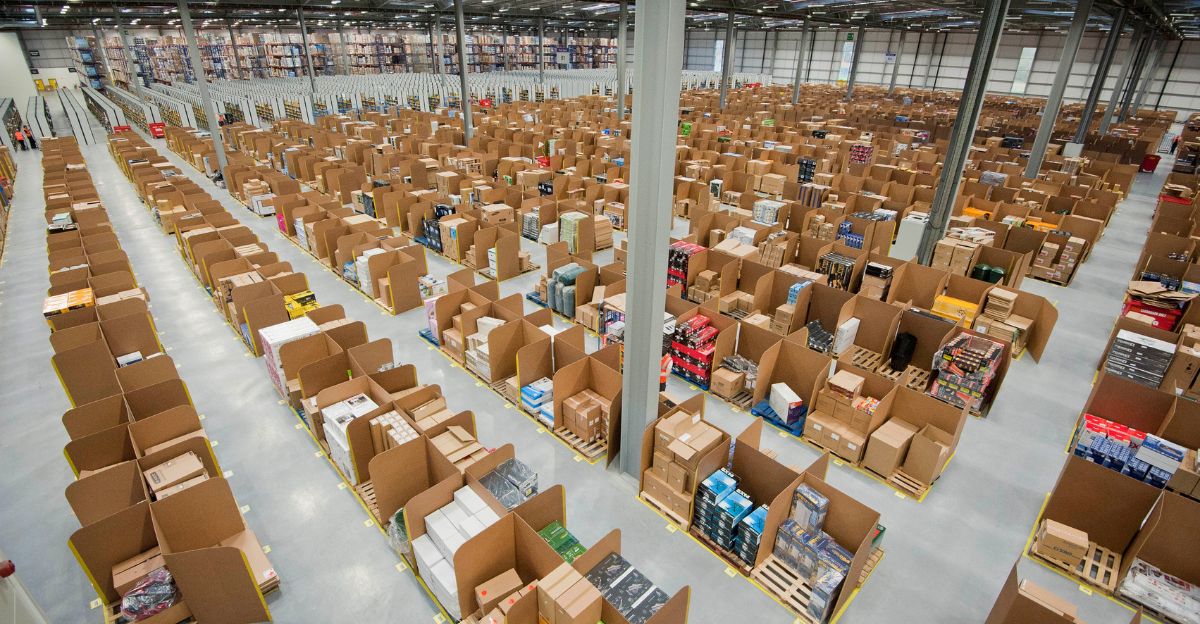
Irony: Amazon hiring 250,000 seasonal warehouse workers for holiday 2025 while cutting 1,500+ corporate HR roles. The strategy emphasizes investment in infrastructure and AI while shrinking knowledge-worker headcount.
This dual approach highlights the company’s pivot toward automation efficiency over traditional corporate labor. Can such a model maintain operational performance and innovation simultaneously?
Survive or Become Obsolete

Jassy’s memo: embrace AI skills or face irrelevance. Employees who survive will build AI internally, leverage AI for productivity, transition to complementary roles, or move into growth areas like AWS AI services, product engineering, and cloud infrastructure.
This is a clear mandate: workforce adaptability determines career longevity. But will the cultural cost outweigh these operational gains?
Cultural Cost vs. Financial Gain

Upside: operating margin surged from 1.8% to double-digit EBIT in under 18 months; bureaucracy cut, decision-making faster. Downside: talent exodus, loss of institutional knowledge, morale drop, and potential innovation stagnation in areas like healthcare and checkout-free shopping.
Amazon’s $100B AI investment is fundamentally a workforce replacement disguised as infrastructure spending. Employees face a stark choice: adapt or be replaced.
The Hundred-Billion-Dollar Trade
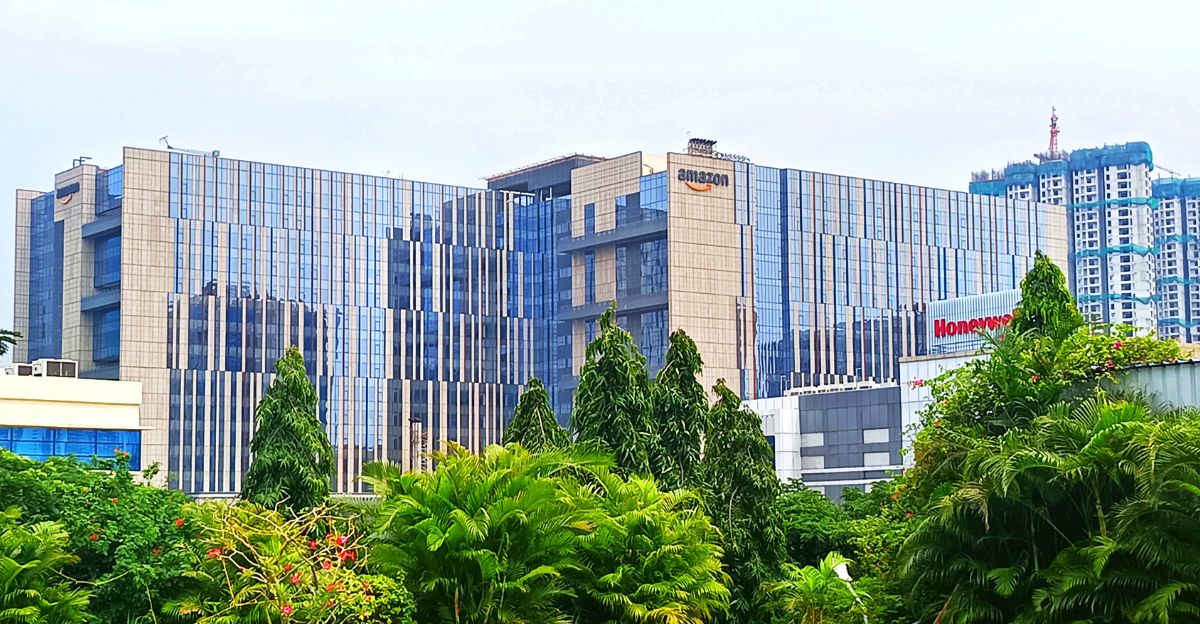
Amazon’s $100 billion 2025 investment starkly contrasts with 1,500 HR layoffs, roughly $67 million per job. The capital fuels AWS and AI infrastructure: 10 new Availability Zones, 3 global regions, 6M km of fiber, renewable energy targets, custom AI chips, Amazon Bedrock, and Q assistant.
The investment monetizes the same AI that eliminates jobs, supporting AWS’s global leadership and long-term dominance.
The Physical-Cognitive Divide
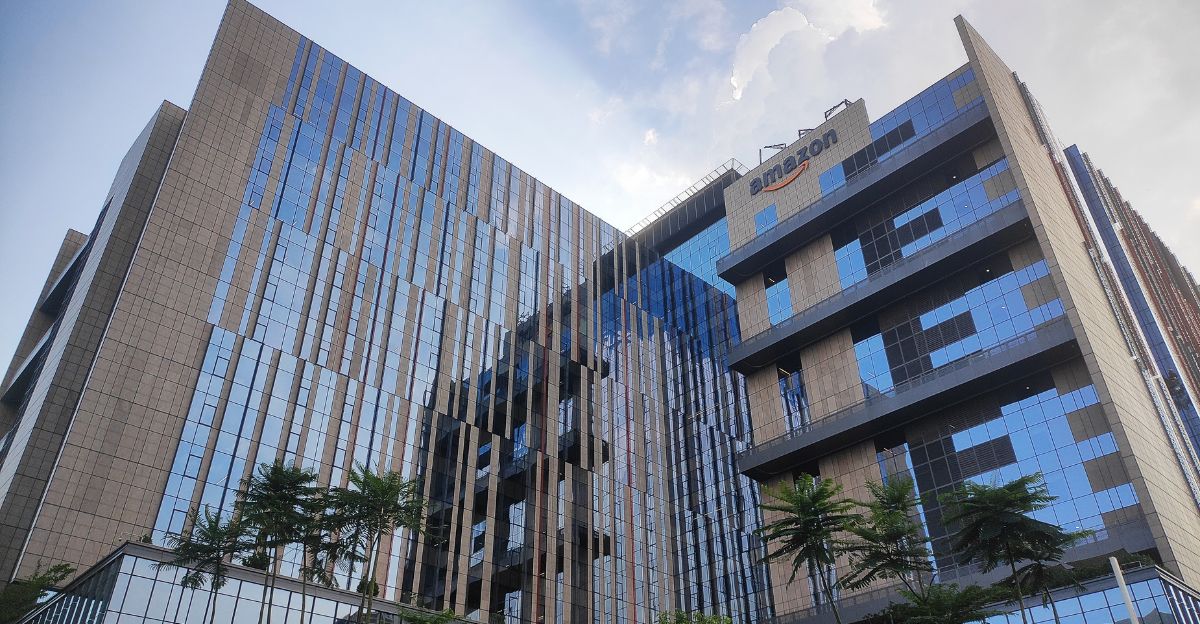
Amazon is hiring 250,000 seasonal and full-time warehouse workers for the 2025 holiday season while cutting 1,500 HR roles. Seasonal pay averages $19/hour, full- and part-time $23/hour, with total compensation exceeding $30/hour including benefits.
AI now automates 60–70% of HR tasks, yet robotics cannot fully replace human dexterity in warehouses. Jassy’s strategy prioritizes scaling high-value tasks while leveraging automation to reduce future HR hiring.
The Legal Minefield

Amazon’s AI in HR faces scrutiny after its 2014–2017 AI recruiting tool discriminated against women. The tool downgraded resumes from all-women’s colleges and penalized terms like “women’s chess club captain.” Amazon stated it “was never used by Amazon recruiters to evaluate candidates” fully, but a “watered-down version” handled administrative tasks until 2018.
Federal civil rights laws apply to AI hiring, and recent state laws—California (Oct 1, 2025), Colorado (Feb 1, 2026), Illinois (Jan 1, 2026)—mandate audits for bias. Enforcement remains challenging as 67% of recruiters still rely on AI.
The Vendors’ Windfall
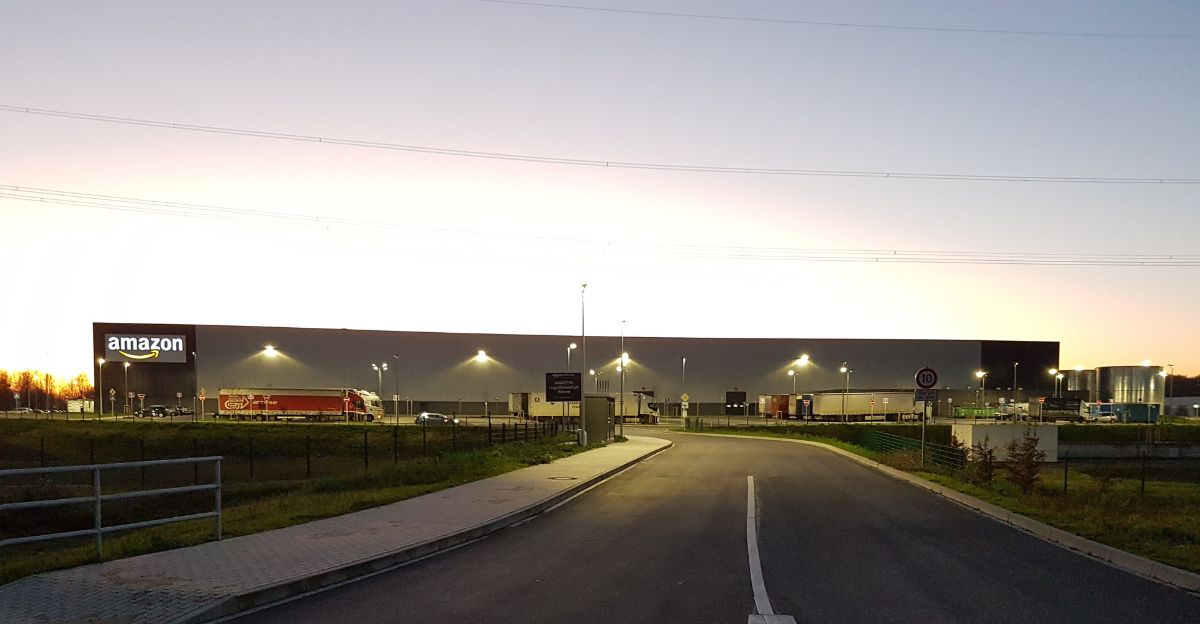
Workday acquired AI recruiting firm Paradox for $1 billion in cash, completed September 30, 2025. Paradox’s AI assistant Olivia automates candidate screening, interview scheduling, and 24/7 support, achieving 70% employee conversion rates and millions of candidate interactions.
Josh Bersin called the acquisition “highly strategic,” enabling Workday to dominate high-volume frontline hiring. Industry consolidation continues: SAP bought SmartRecruiters, Thrive acquired Huler, and Dayforce went private for $12.3B. HR Tech market projected to grow from $28.71B in 2025 to $67.32B by 2034.
The Academic Reckoning
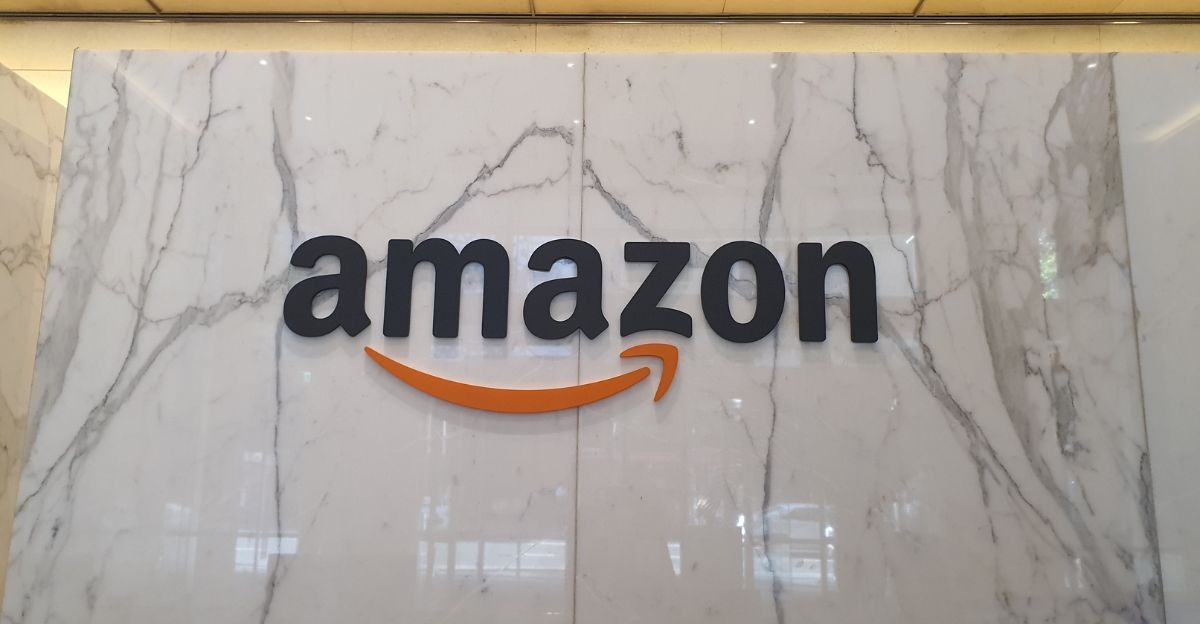
U.S. higher education faces a projected enrollment cliff post-2025. High school graduates peak at 3.9 million in 2025, then decline 15% by 2029. Small, tuition-dependent colleges, especially in the Northeast and Midwest, are most vulnerable. Tech hiring for new graduates has collapsed: Big Tech new grad hires dropped 50% between 2019–2024; startups under 6%.
Gen Z faces rising unemployment and a $33,100 salary gap between expectations and reality. Patrick Lane warns: “Demography need not be destiny… there just aren’t the bodies anymore.”
Tomorrow’s Endangered Departments
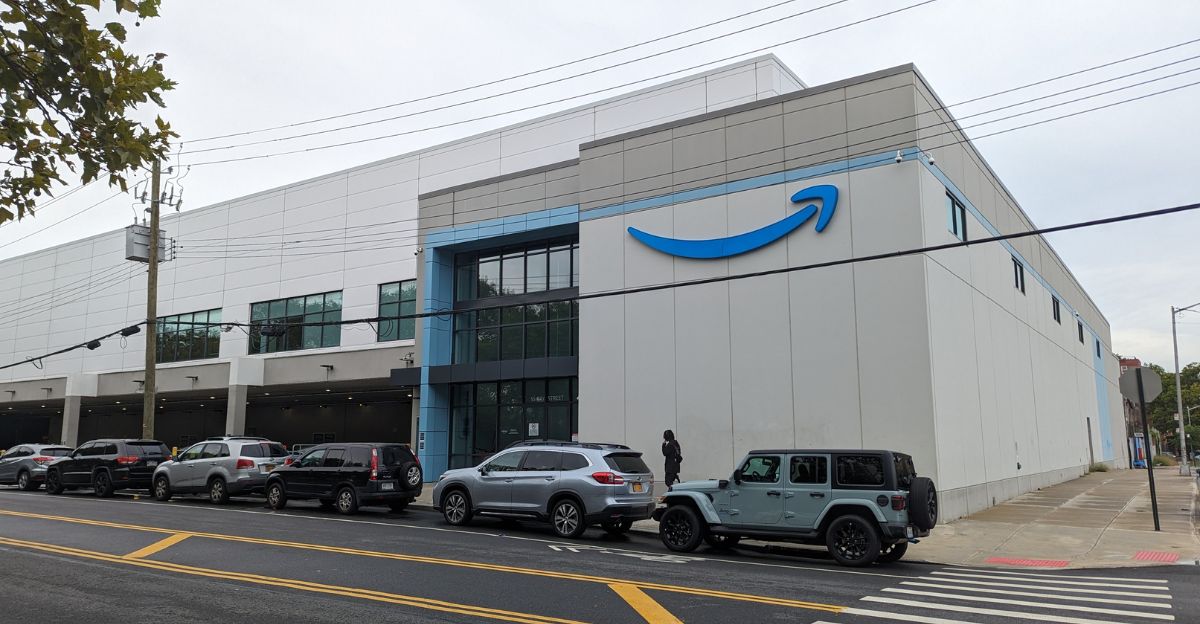
As AI absorbs more administrative work, Amazon’s HR, finance, and customer operations are under growing pressure. The latest wave of automation tools, internally dubbed “OpsNext,” automates payroll, scheduling, and employee evaluations.
Combined with the recent 15% HR cut, these moves signal the next contraction could reach finance and compliance. An Amazon source told Insider the message is clear: “AI isn’t just helping us work faster—it’s learning to replace how we work altogether.”
Survival Strategies in Motion
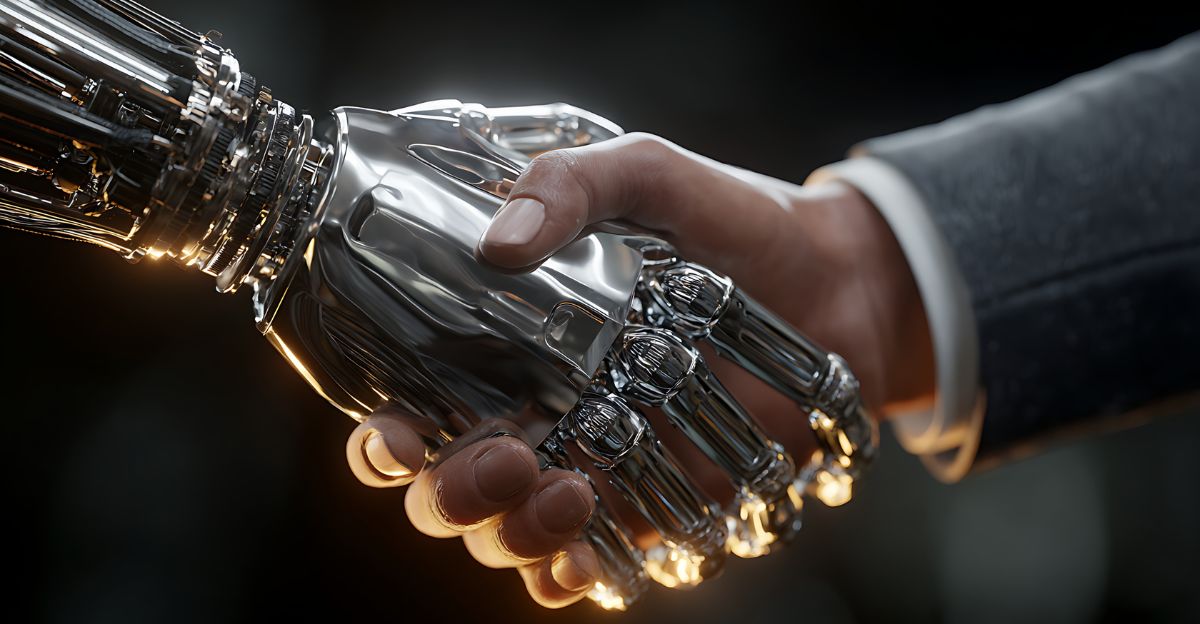
Amazon’s remaining managers are now racing to prove human oversight still matters. Teams are pivoting toward hybrid AI-human models—where staff “train” machine tools instead of directly performing tasks. HR, operations, and retail logistics now rely on smaller human teams supervising generative AI systems.
Insiders describe this shift as “managing the machines that manage the people,” a phrase echoing how white-collar roles across Amazon are being redefined, not merely reduced.
Capitol Hill Stirs
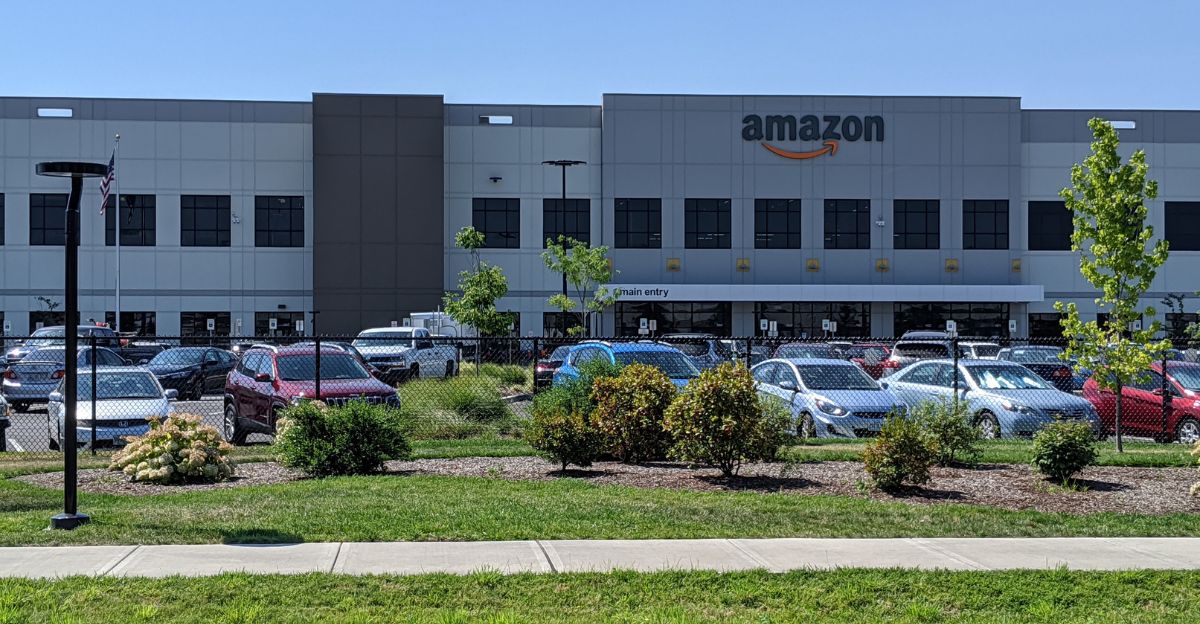
Congressional focus on AI surged this year. Key federal legislation includes the AI Whistleblower Protection Act (S.1776/H.R.3460, May 15, 2025), safeguarding employees reporting unsafe AI practices, and America’s AI Action Plan (July 23, 2025), creating an AI Workforce Research Hub under DOL.
Over 1,000 AI bills were introduced in the first four months of 2025; 38 states enacted ~100 measures. Sen. Marsha Blackburn emphasized on October 15, 2025, that federal AI regulation is “imperative,” though no laws yet directly respond to Amazon’s October HR cuts.
The Watching Giants
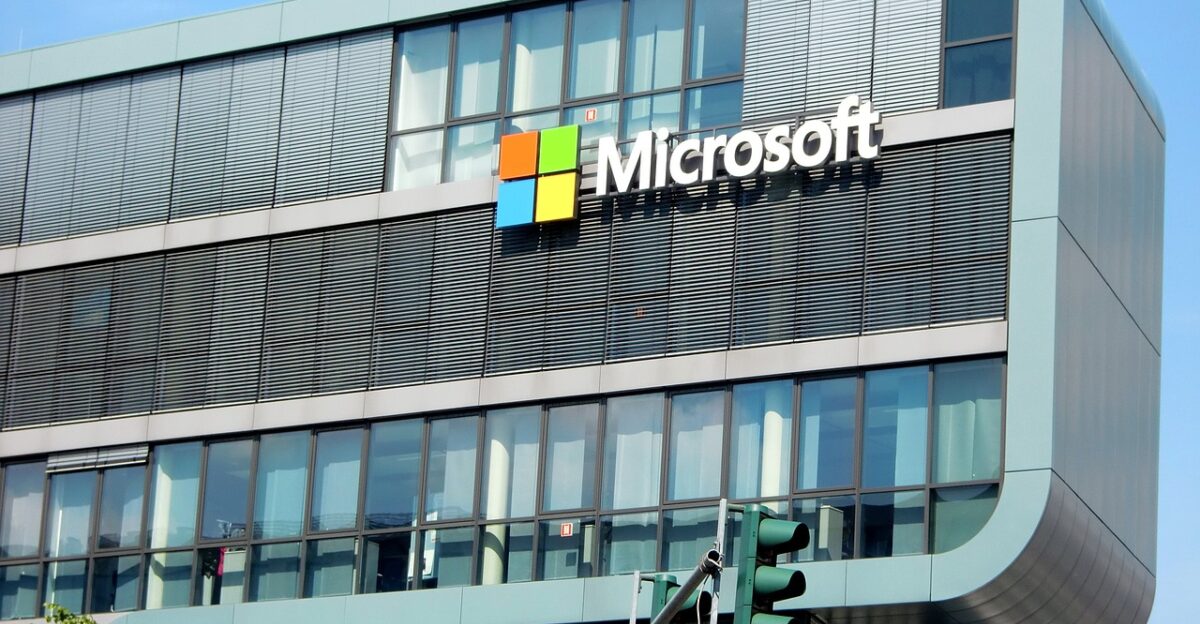
Microsoft and Alphabet are matching Amazon’s AI spree with record-breaking investments. Microsoft plans $80 billion in AI infrastructure for fiscal 2025 and an astonishing $120 billion for 2026, funding GPU-rich data centers and a nuclear-powered AI network.
Google parent Alphabet raised its 2025 forecast to $85 billion, investing heavily in AI chips, servers, and new data hubs across India, the UK, and South Carolina—fueling the largest tech infrastructure boom in history.
The Execution Roadmap

Amazon’s October 30, 2025 earnings call is expected to reveal early data on AI-driven cost savings from its 1,500 HR job cuts. Analysts forecast Q3 net sales between $174 and $179.5 billion and earnings of $1.58 per share, with AWS revenue up 18%. More managerial cuts are planned for 2026 as Amazon flattens hierarchies.
Yet experts warn that large-scale AI substitution in HR remains untested—and potentially risky for long-term performance.
The End of White-Collar Immunity
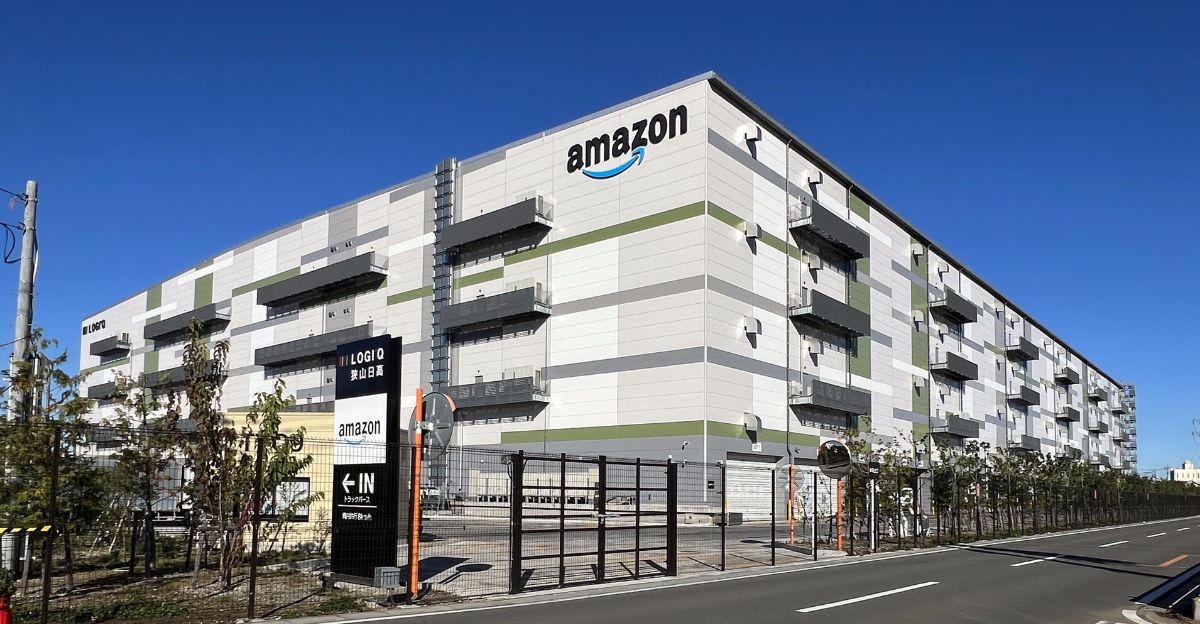
Amazon’s October 2025 layoffs and $100 billion AI overhaul signal a historic turning point for white-collar work. As CEO Andy Jassy wrote in June 2025: “It’s hard to know exactly where this nets out over time, but in the next few years, we expect that this will reduce our total corporate workforce as we get efficiency gains from using AI extensively across the company.” No Fortune 10 CEO had ever stated so explicitly that AI would shrink headcount.
By pairing massive AI investments with targeted job cuts, Amazon has redefined corporate efficiency. Knowledge workers now face automation pressures once reserved for factories. Adapt to AI or risk obsolescence—the era of white-collar job security is over, and the broader tech world is watching closely.